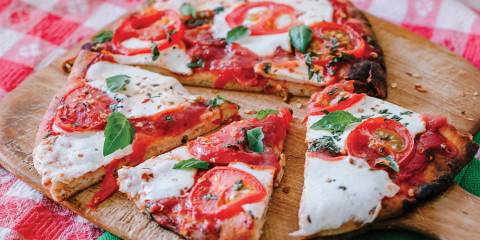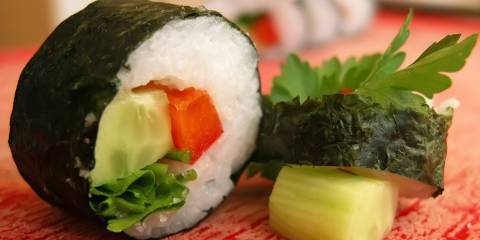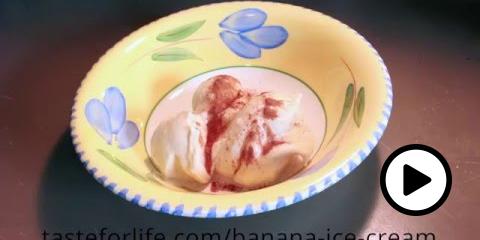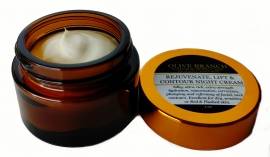Homemade Ricotta Cheese
By Mihaela Metaxa-Albu
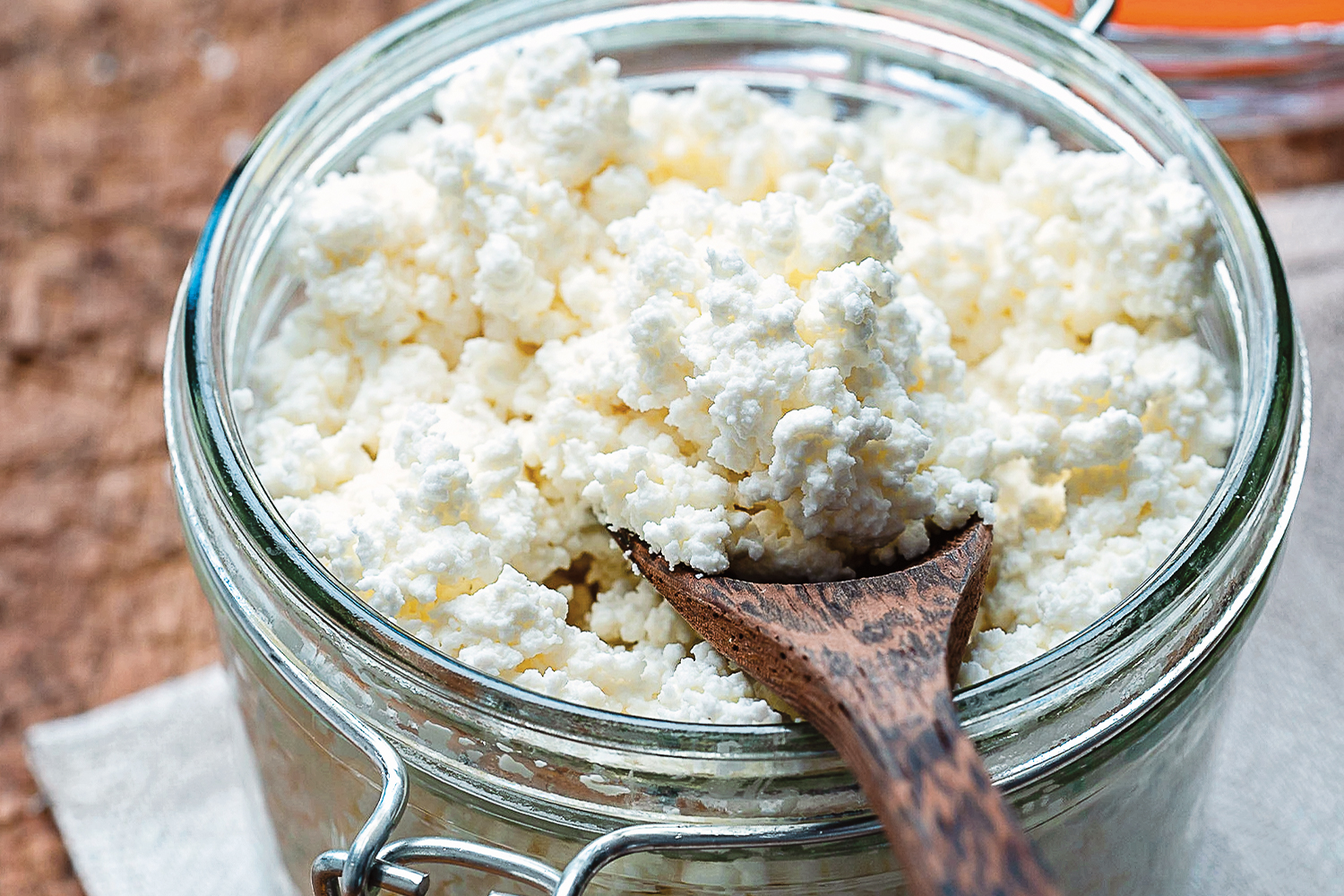
YumCreative.com
Number of Servings
Serves 10
Recipe Source
I Heart Cheese by Mihaela Metaxa-Albu ($19.99, Page Street Publishing Co., 2020) Photo credit: YumCreative.com
Ingredients
- 1⁄2 gallon whole milk
- 3⁄4 tsp citric acid powder
- 1⁄4 cup cool water
- 1⁄4 cup heavy cream
- 1⁄2 tsp sea salt, or to taste
Directions
- In a large pot over medium-low heat, add the milk and heat until the temperature reaches 195°F, or until almost boiling. Using a wooden spoon, stir frequently to prevent the milk from scorching on the bottom of the pot.
- Meanwhile, in a small bowl, add the citric acid and cool water. Stir until fully dissolved.
- Add the citric acid mixture to the milk. Using a wooden spoon, stir using a gentle up-and-down motion, for about 30 seconds. Almost immediately, you will see white solid parts (curds) forming. Turn off the heat and allow it to set for 45 to 60 minutes without stirring.
- Meanwhile, line a strainer with a double layer of cheesecloth, covering all sides, leaving at least an extra 5-inch section of cheesecloth hanging over. Set the strainer on top of a large bowl for draining.
- Once the translucent liquid (whey) has settled to the bottom of the pot, use a slotted spoon to skim the curds out and into the prepared strainer.
- Allow the cheese to drain for at least 30 minutes, or longer if you want a drier cheese.
- Next, pull up the cheesecloth from the sides and gently twist them together to put pressure on the cheese to release more whey. The more you drain, the crumblier the cheese will get.
- In a bowl, add the cheese and the heavy cream. Season with sea salt and stir to combine.
- Transfer the cheese to a clean jar and refrigerate until ready to use. The cheese will stay fresh for about 5 days in the refrigerator.
Nutrition Info
139 Calories, 6 g Protein, 26 mg Cholesterol, 10 g Carbohydrates, 10 g Total sugars (0 g Added sugars), 0 g Fiber, 9 g Total fat (5 g sat), 180 mg Sodium, ★★★ Vitamin B12, ★★ Vitamin B2 (riboflavin), Calcium, Phosphorus, ★ Vitamin A, Vitamin D
Contributor
Mihaela Metaxa-Albu
Mihaela Metaxa-Albu is the creator of the website Blondelish.com. She is also the founder and creative director of YumCreative.com, a food photography company. Mihaela is the former pastry chef of the illustrious restaurant Zuma London. She currently lives in London.
You might also like...
Don't Miss a Thing!
Get the latest articles, recipes, and more, when you sign up for the tasteforlife.com newsletter.

